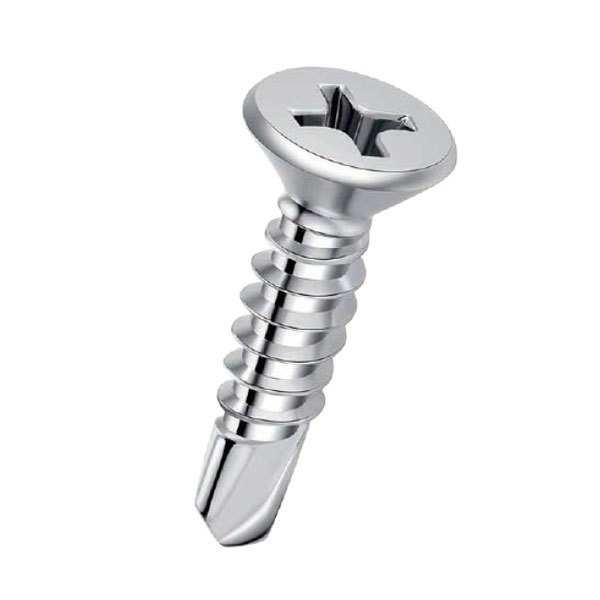Self-Tapping Screw Production Facility Showcasing Advanced Manufacturing Techniques and Quality Control Standards
The World of Self-Tapping Screw Manufacturing
The manufacturing of self-tapping screws plays an essential role in modern construction, automotive, and consumer electronics industries. These small yet crucial fasteners are engineered to create their own hole in various materials, making them indispensable in joining components swiftly and securely. This article explores the fascinating world of self-tapping screw production, from the initial design phase to the intricate manufacturing processes involved.
Self-tapping screws are designed with a unique thread pattern that allows them to penetrate materials such as metal, plastic, or wood without the need for pre-drilled holes. This innovation not only streamlines the assembly process but also enhances structural integrity by providing a tighter fit. The design of these screws can vary significantly based on their intended use, with head styles, thread lengths, and coating options tailored for specific applications.
The Design Phase
The journey of a self-tapping screw begins with meticulous design work. Engineers utilize computer-aided design (CAD) software to create detailed models of the screws, focusing on factors such as thread geometry and head design. The choice of materials is also critical; stainless steel, carbon steel, and various alloys may be selected depending on the corrosive environment the screws will face. During this phase, prototypes are often created to test the screws' performance under different conditions, ensuring that they meet the required standards for strength and durability.
Manufacturing Process
Once the design is finalized, the manufacturing process begins
. Typically, the production of self-tapping screws involves several steps, including material preparation, forming, heat treatment, and surface finishing.1. Material Preparation The first step in the manufacturing process is to acquire the raw materials. Large coils of wire are often used, depending on the diameter and length of the screws being produced. These materials undergo quality checks to ensure they meet industry specifications.
picture of self tapping screw factory

2. Thread Rolling The next step involves the formation of the screw threads. Instead of cutting them out, which can weaken the material, the threads are rolled onto the metal wire. This process, known as cold forming, preserves the integrity of the metal while creating a tight and precise thread. This step enhances the screw's strength and allows for faster production rates.
3. Heat Treatment After forming, the screws undergo heat treatment to improve their hardness and tensile strength. This process involves heating the screws to a specific temperature and then cooling them rapidly, which alters the metal structure to provide the necessary durability.
4. Surface Finishing Finally, screws often receive a protective coating to prevent corrosion and enhance aesthetic appeal. Options may include galvanizing, black oxide, or various types of paint. This step not only improves the lifespan of the screws but also ensures they are visually appealing for consumer products.
Quality Control
Quality control is a critical aspect of manufacturing self-tapping screws. Throughout the production process, screws must be tested for strength, dimensional accuracy, and torque resistance. Advanced machinery is employed to conduct these tests, allowing manufacturers to maintain high standards and comply with industry regulations.
Conclusion
The production of self-tapping screws embodies the intersection of engineering, technology, and craftsmanship. As industries continue to innovate and expand, the demand for reliable fasteners will only increase. The ability to manufacture screws that are not only effective but also tailored to specific applications highlights the ingenuity of modern manufacturing processes. In the bustling environment of a screw factory, each self-tapping screw emerges as a testament to precision engineering, ready to play its part in a multitude of applications around the globe.
-
Top Choices for Plasterboard FixingNewsDec.26,2024
-
The Versatility of Specialty WashersNewsDec.26,2024
-
Secure Your ProjectsNewsDec.26,2024
-
Essential Screws for Chipboard Flooring ProjectsNewsDec.26,2024
-
Choosing the Right Drywall ScrewsNewsDec.26,2024
-
Black Phosphate Screws for Superior PerformanceNewsDec.26,2024
-
The Versatile Choice of Nylon Flat Washers for Your NeedsNewsDec.18,2024










